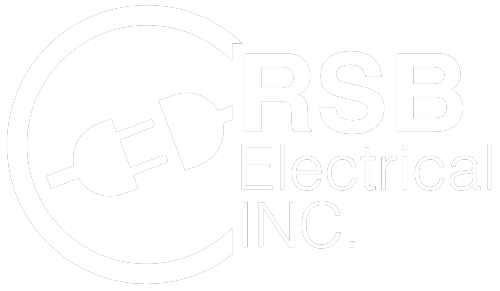Electrical Upgrades In Your Kitchen
Of all the rooms in your home, your kitchen is the powerhouse, both as the hub where the family congregates to interact, and in terms of electrical consumption. So much so that some homeowners decide to do an electrical upgrade and bring the kitchen up to date to reflect their electrical needs and modern building codes.
When one considers the number of appliances, the lighting, the stove, refrigerator, microwave, disposal and outlets required to run a standard kitchen, safe operation of these items requires a conservative estimate of five or more dedicated circuits in addition to others for lighting and outlets.
Per code, each major appliance will have its own dedicated circuit, which makes sense not only regarding safety but for power, too. Imagine if your refrigerator went off every time you had a problem with your dishwasher!
The stove circuitry will depend on whether it’s gas or electric. If it’s electric, it will need fifty amps, and the refrigerator typically requires twenty amps of its own.
Each immobile appliance needs a dedicated circuit.
The garbage disposal is often the smallest circuit since it can easily run on fifteen amps. The rule for other appliances is that if they can’t be moved, they need a dedicated circuit, We're talking a circuit for each unit such as a built-in convection oven, microwave oven, and the dishwasher. Dishwasher repairs are much easier if the unit can slide from its place without disconnecting it.
When you make lighting decisions, think about where you’ll need each type of light available and if these requirements are going to change over time. While the possibility of change seems odd, consider the couple who has their meals at the breakfast bar. When they have children, they’ll need a dining set, and appropriate lighting to match! Logically, each type of light should have its own control switch.
Each type of lighting should have its own control.
Each type of lighting should have its own control.
Outlet decisions based on your cooking and other habits include an outlet for each appliance you will regularly use, such as a coffeemaker. While cooking, some people prefer to stand at the counter closest to the sink, and others prefer to stand close to the stove. A third group prefers to use an island or the breakfast bar. You’ll probably want an outlet by the kitchen table, too.
If there is an outlet within six feet of the sink, it will need to be a GFCI. Other receptacles ‘down the line’ will be protected by that outlet, which can be very handy, since it only necessitates testing and replacing one, instead of having one for each outlet.
After you consider your needs and desires, make a list and think about it for a few days. The number of things you’ll think of might surprise you. Holiday baking and lighting, an outlet for the iron, and an outlet close to the back door are just a few of the requests we’ve heard. If you have teenagers, they’ll probably want an outlet with USB ports for their cell phone and electronics!
Once you have a good idea of your usage and needs an electrician can tell you if it’s wiser to modify your existing wiring (if you’re in a newer home) or if it needs a complete overhaul.
RSB Electrical has a team of licensed and insured electricians committed to providing high-quality CCTV wiring, recessed lighting, new construction electrical, and under cabinet lighting solutions. We are highly rated on Google & Yelp. Call us at 480-485-4284.



